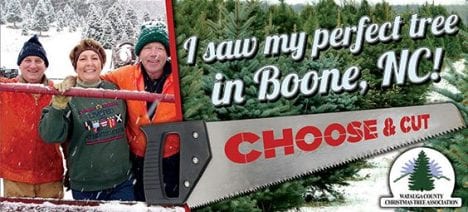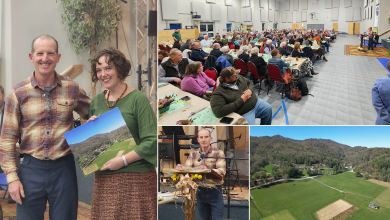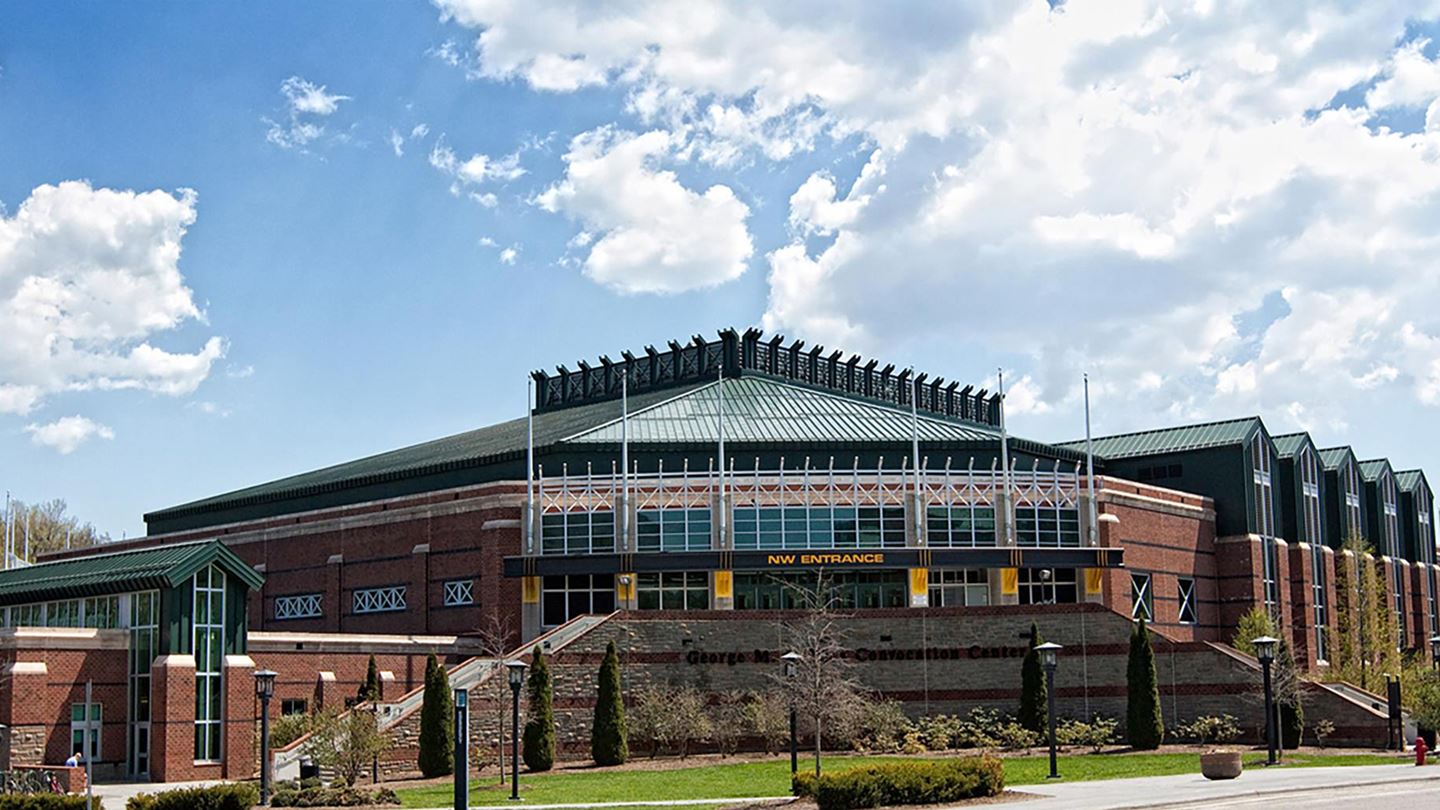
Last Updated on July 30, 2025 2:17 pm
BOONE, N.C. — During an archaeological dig at Appalachian State University’s Blackburn Vannoy Estate and Farm this summer, archaeologist Dr. Alice Wright carefully examined a sharpened piece of quartz — a projectile she believes was shaped by ancient hands, possibly broken during a hunting expedition and then repurposed as a hide scraper.
The artifact was one of dozens freshly unearthed from an early Native American campsite discovered beneath the vegetable garden of the university’s teaching and research farm, located near Fleetwood in Ashe County. Wright, an associate professor and honors program director in the Department of Anthropology, and her team of a dozen App State student researchers excavated spear and arrow points, pottery shards, a storage pit and remnants of a hearth where ancestral peoples likely gathered, cooked, created tools and told stories.
The discoveries add to Wright’s research into the deep human and environmental history of the High Country, and the New River Basin in particular.
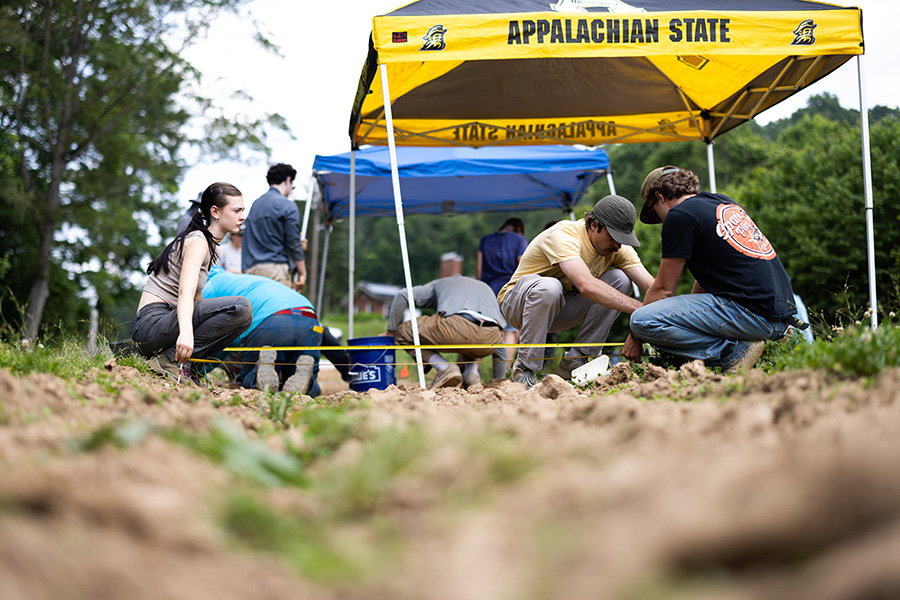
“Specifically, I look at how different folks — different Indigenous peoples from different eras, and settlers, for instance — were shaped by and took advantage of this unique landscape over the past 8,000 years or so,” she said. “Post-Helene, this work has taken on a new resonance — it’s really interesting to think about how people in the past adapted to and were resilient in the face of different environmental challenges. It’s become a thoughtful opportunity to connect the past and the present.”
Wright’s research has primarily focused on the lower elevations of the North and South forks of the New River in Ashe County. With fieldwork at many of those sites on hold due to Hurricane Helene impacts and cleanup efforts, she decided to focus this year’s annual archaeology field school on the Blackburn Vannoy Estate and Farm, where workers, as well as Farm Director Chip Hope and Resident Assistant Farm Manager Todd Rudicill, recently discovered stone projectile points in the garden soil. The 369-acre teaching and research farm, which is protected by the Blue Ridge Conservancy, is owned by App State and operated by faculty and students. The farm serves as a living laboratory where students immerse themselves in practical crop and livestock research, integrated farming systems and forest management.
Wright believes the area may have been a crossroads for ancestral peoples, including ancestors of the Cherokee, Catawba and other tribes. They probably camped seasonally at the site on the Blackburn Vannoy Estate and Farm, where they hunted, gathered and traded, then returned down the mountain to escape the harsh winters, she shared. The shards of flint-knapped quartz indicate there may have been a quarry nearby to supply tool-making materials.
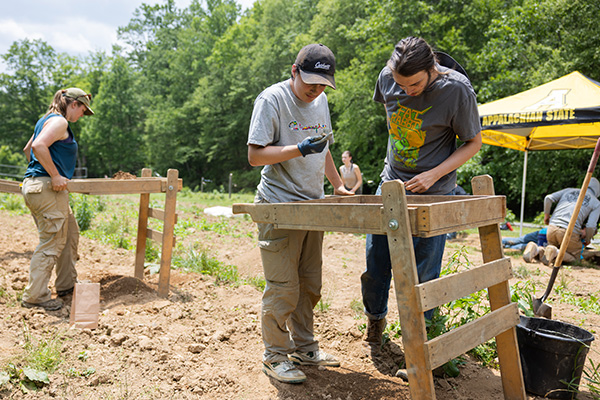

“Most of the points are made of quartz, quartzite and rhyolite from either the Piedmont or the Mount Rogers vicinity,” she said. “We are also finding stone artifacts made from flint and jasper; these raw materials are most likely from outcrops in Virginia.”
The artifacts span North America’s late Archaic and Woodland periods, from 8,000 to 1,000 years ago. Studying the land’s contours, Wright hypothesizes that early peoples chose to continually return to the area for the same reasons as those of more recent inhabitants. The soil is rich and situated on a terrace with a stream just downslope. The New River is a half-mile away and would have served as a main travel corridor, the flood plain safely below the camp. The incentives to stay — and the environmental threats — were similar in ancient times to what they are today. People came up the mountain seasonally and also farmed the land, as they still do.
Wright is struck by two unbroken threads highlighted through this research: resilience and continuity.
“It’s no surprise that where people are living now, where they’re farming now, they dig up fine artifacts in the fields, in the mountains,” she said. “The way that topography shapes how people live seems to be a throughline to history. It’s a way for us to think about the shared history of this landscape.”
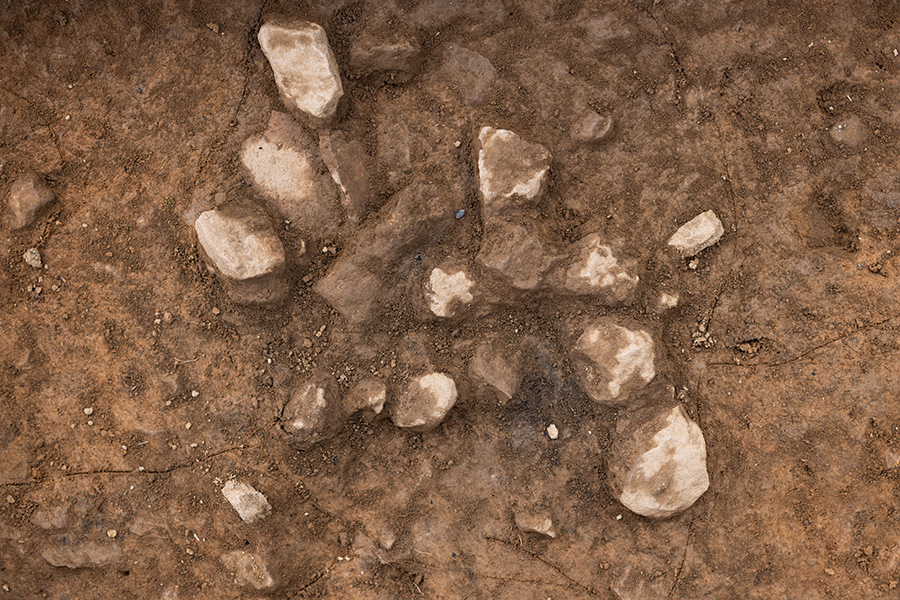
Students unearth history — and career skills — in the field
Through the archaeology field school led by Wright, the undergraduate student researchers learned to demarcate, dig and document archaeological sites, combining original research with hands-on training for careers in cultural resource management. The group will analyze the artifacts in App State lab facilities, write reports and give presentations on their findings.
“We’ve found a lot of fire-cracked rock, which comes from the rocks being burned, creating breakages,” explained senior anthropology major Michayla Walker, who used a hand trowel to carefully search for structures connected to the hearth. “And we’ve found a lot of stone flakes, which means the ancestral peoples at the site were making tools or getting rid of the excess here.”
Set to graduate from App State in August, Walker, of Biscoe, has her eye on graduate school for archaeology.
“I grew up down the mountain, but in the woods still,” she said. “So this brings me back to my childhood, just being able to be in the dirt, which is part of why I like archaeology so well — it’s really hands-on.”
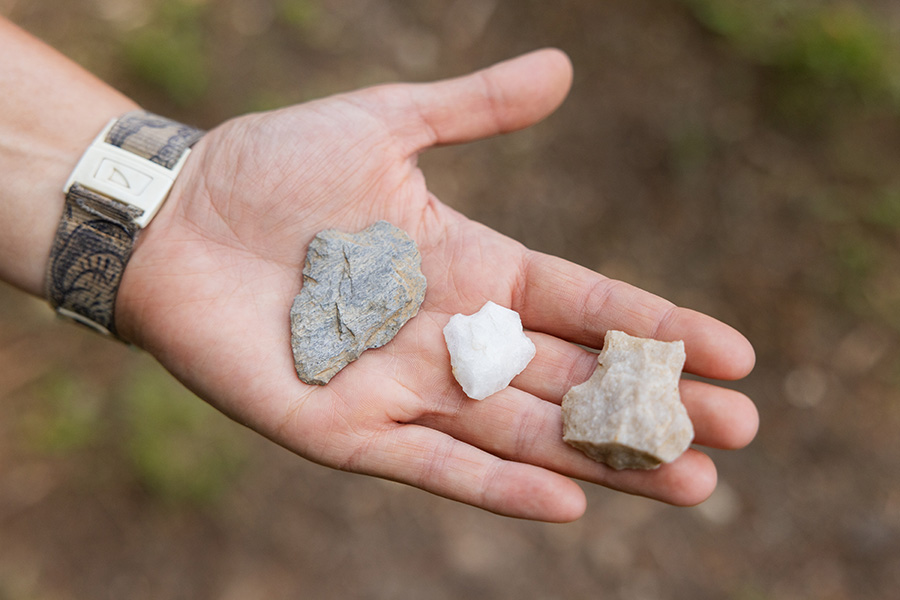
Junior anthropology major Shaun Pell said his interest in artifacts and history dates to his days growing up in Salisbury, where he used to look for arrowheads but never found any. As Pell sifted and combed masses of garden soil at the dig site, his luck changed. He unearthed several intact, unmistakable quartz points.
“It’s really cool to see something that was last touched by humans thousands of years ago,” he said.
The team’s discoveries will add to collections accumulated in the 1970s, when the Blue Ridge Project — building two hydroelectric dams on New River — was proposed. Construction of the dams would have caused the river’s waters to flood thousands of acres of land in Ashe and Alleghany counties. Archaeologists hurried to document sites before they were submerged, but the project was called off. Wright and her students have spent the last two years studying the collections that resulted from that early survey work at more than 100 sites.
In the future, Wright plans to return to those original sites using noninvasive surveying techniques such as ground-penetrating radar and magnetometers, which can detect archaeological traces below the ground surface without excavating — tools that didn’t exist in the 1970s. She hopes to add new details to what is still a sparse mosaic of early life in the High Country.








